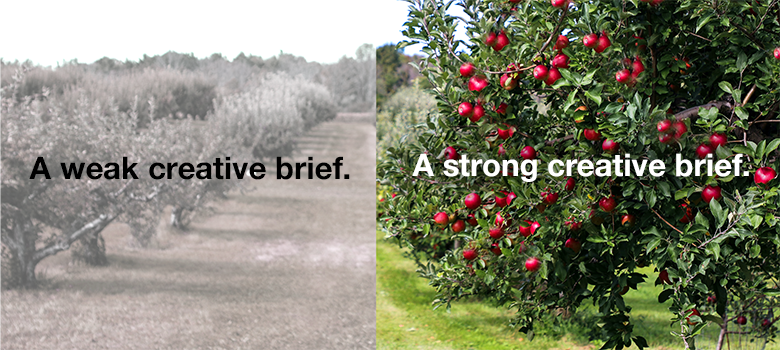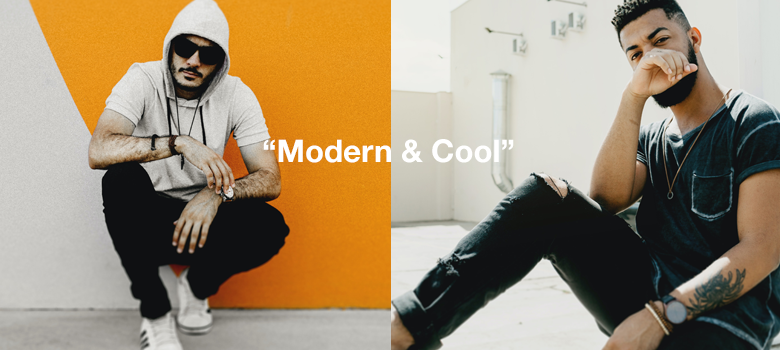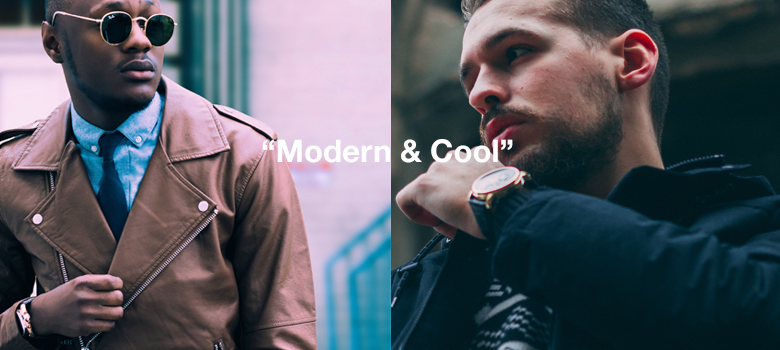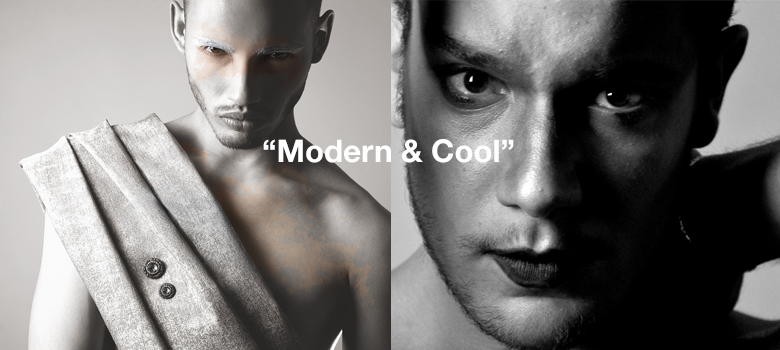A creative brief is a document used by creative professionals to develop creative deliverables. The brief consists of a series of simple questions that serve as the guiding light for the development of the creative work. A strong creative brief provides a foundation for client expectations and sparks inspiration for the creative team.
The creative brief should not be a brain dump of all stakeholders’ wants and needs. Instead, it should be a distilled, edited version of the team’s collective thoughts that is grounded in strategy.
Invest the proper time into the brief to maximize the creative output.
You’ll reap what you sow!

All creative briefs are unique to each client and project, however, there are a few fundamentals that should be in all briefs—no matter what.
8 key questions for every creative brief
#1 What’s the project? Describe the request, including pertinent client or project background.
Example: We are an American watch company, MM Watches, that specializes in designer, custom watches for men. We currently have a sales site on eBay, but are looking to expand our business worldwide and build a standalone ecommerce site.
#2 What’s the project objective? Describe the specific client objectives, in priority order.
Example: We need a creative agency to help us with refreshing our brand, including a new name, a new identity, and a new responsive website built on Shopify.
#3 Who are we engaging with? Describe & prioritize the target audience(s)— demographics & behaviors, including technology use and media consumption.
Example: Males between the ages of 20–50 who are trendy and enjoy wining and dining in the city. Our typical customers have an annual salary above US$200,000.
#4 What is the single most important idea to communicate? This is the strategic statement that ignites the creative process.
Example: Attainable, modern luxury
#5 What are the mandatories? List out the requirements including assets that must be used, specs, points of integration with other initiatives, etc.
Example:
- We’d like to make sure the color blue is part of our identity.
- We will be using Shopify as our ecommerce platform.
- We have a huge opportunity in Japan, so we’ll need to feature a language toggler between Japanese and English.
#6 What is the competitive landscape? Describe your biggest competitor(s), and how do they differentiate themselves? What sets you apart from them?
Example: Our biggest competitors are the regional department stores. The main difference between us and them is our attention to detail and customization. We are a brand who works with each individual client to ensure they get exactly what they want.
#7 What does success look like? Describe the methods, metrics, and KPIs (key performance indicators) that will be used to evaluate the agency’s success.
Example:
- Short term:
- Have a logo kit that can be used for internal assets.
- Brand guidelines that provide visual direction for our teams to use as a starting point.
- Have a website that is responsive for mobile and features prominent “buy now” options.
- Long term:
- Brand ownership and recognition
- 30% conversion on the site
#8 What are some key words and visual examples that express the creative direction that you’d like us to take? Provide examples and links.
Example: Our brand is about modern luxury, but still attainable to many. We are distinctive, but still classic. When we think about ourselves, we are more in line with a Porsche than a Ferrari. We are not flashy.
This last question is probably one of the most important elements of the brief that will guide the creative in the right direction. Since we all come to the table with different experiences and backgrounds, how we interpret words can be very different. Sometimes it may be best to think of the creative in terms of a persona and describe it that way. For example, if you’re creating a new line of men’s watches and your target market is men between the ages of 20–30, you may describe your brand as needing creative that’s “modern and cool.” Although these are great descriptive words, this can mean something very different to each person reading those words. To ensure that the creative team understands exactly what you’re thinking, it’s most helpful to provide visual examples. This can be of other brands or simply photos of things that express your vision.
For example, you could argue that the following three pairs of images are all “modern and cool.” But are they strategically on brand and are they what you were envisioning?
Example 1

Example 2

Example 3

As you can see, Example 1 is a bit more urban, while Example 2 is more professional, and Example 3 is more avantgarde. All three examples can be interpreted as “modern and cool” but take a very different approach. Adding visual examples with key words can really help the creative team get closer to what you want quicker, which is a win-win for everybody involved.
While it seems like a lot of prep work to put all of this together for a creative assignment, it’s worth it. Trust us. In the end, it saves us all time and sanity. And ultimately, a strong creative brief helps our clients reach their goals on time and on budget.


